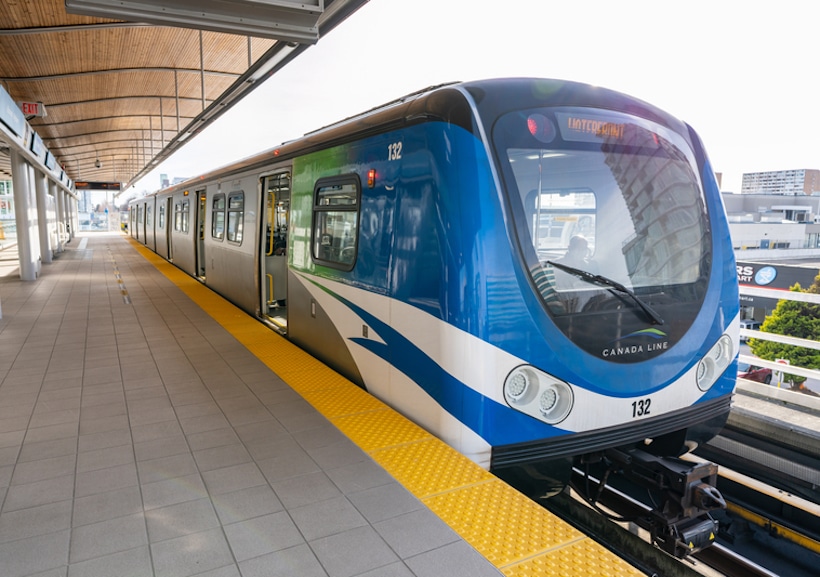
Article Highlights
Despite a high-profile launch recently of domestic debit card acceptance in Canada and more open-loop rollouts there, Canadian transit agencies say they have no plans to promote open-loop payments over their closed-loop cards–at least for now.
• Table: Open-loop adoption rates; fare policies vs. closed loop in Canada
• TransLink (Vancouver)
• Metrolinx (Toronto)
• STL (Laval)
• Interac
• UP Express
• Hamilton Street Railway
• Oakville Transit
• Transport for London
Despite a high-profile launch recently of domestic debit card acceptance in Canada and more open-loop rollouts there, Canadian transit agencies say they have no plans to promote open-loop payments over their close-loop cards.


















